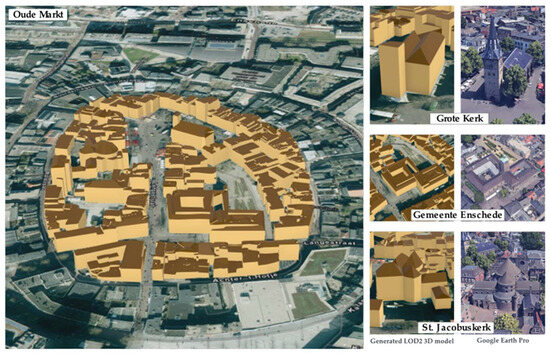Roofing projects require more than just skilled craftsmanship; they demand clarity, collaboration, and confidence from the planning stage through to completion. In an industry where even small miscalculations can lead to delays or budget overruns, technology is playing a decisive role. A 3d roof configurator is one such tool that doesn’t just improve measurements—it reshapes how professionals and homeowners work together.
1. Seamless Remote Collaboration
In the past, planning a roofing project often meant multiple in-person meetings and site visits. A 3d roof configurator allows contractors and clients to collaborate remotely, reviewing design options and project details in real time. This digital approach reduces travel, saves hours of coordination, and ensures that feedback is incorporated instantly, improving efficiency at every stage.
2. Scenario Testing Before Commitment
One unique advantage of a 3d roof configurator is the ability to test different design scenarios under simulated conditions. For example, contractors can evaluate how certain materials would perform on complex roof pitches or how design choices might impact ventilation. By experimenting virtually, they can spot potential challenges before construction begins, avoiding costly corrections later.
3. Faster Permit Approvals
Many local councils and housing authorities require detailed roof plans before granting permits. Traditional drawings can sometimes cause back-and-forth revisions. A 3d roof configurator produces clear, detailed models that meet regulatory expectations more easily. This speeds up the approval process, reducing project downtime and keeping timelines on track.
4. Enhancing Supplier Coordination
Roofing projects depend heavily on suppliers delivering the right products at the right time. A 3d roof configurator generates exact specifications for tiles, underlayment, or metal sheets. These digital outputs can be shared directly with suppliers, cutting down on order mistakes and ensuring materials arrive on schedule. Improved supplier coordination translates into fewer site delays and better workflow efficiency.
5. Documenting Projects for Insurance and Warranties
Accuracy is also critical when dealing with insurance claims or warranty agreements. A 3d roof configurator creates a digital record of the roof design, including materials and dimensions. This documentation can be used for warranty registrations, future repairs, or even to support insurance claims. Having a verifiable digital record ensures accountability and saves time when paperwork becomes necessary.
6. Educating Clients Through Visualization
Homeowners often struggle to grasp the technical aspects of roofing. A 3d roof configurator doubles as an educational tool, helping clients understand roof slopes, drainage points, and ventilation design. By seeing these aspects in 3D, they gain a better appreciation of why certain decisions matter. Educated clients make faster, more confident choices, reducing project delays caused by hesitation or uncertainty.
7. Supporting Eco-Friendly Roofing Choices
Sustainability is quickly becoming an important issue in building. With a 3d roof configurator, contractors can demonstrate how different roofing materials impact energy efficiency, reflectivity, or solar panel compatibility. Clients can make greener choices without guesswork, aligning environmental goals with project accuracy. This approach not only improves efficiency but also creates roofs that are future-ready.
8. Creating Long-Term Maintenance Plans
Roofing isn’t just about installation—it’s also about long-term care. A 3d roof configurator provides a digital model that can serve as a reference for future maintenance. Contractors can use it to plan inspections, estimate repair needs, or integrate upgrades like skylights and solar panels years down the line. This foresight reduces surprises and ensures ongoing efficiency in property management.
Conclusion
The benefits of a 3d roof configurator extend far beyond accurate measurements. From expediting permit approvals to creating digital records for insurance, supporting eco-friendly choices, and enabling remote collaboration, the technology introduces efficiency at multiple stages of the roofing lifecycle. For contractors, suppliers, and homeowners alike, it represents a smarter way to design, document, and deliver roofing projects with confidence and precision.
Keep an eye for more latest news & updates on Daily!



